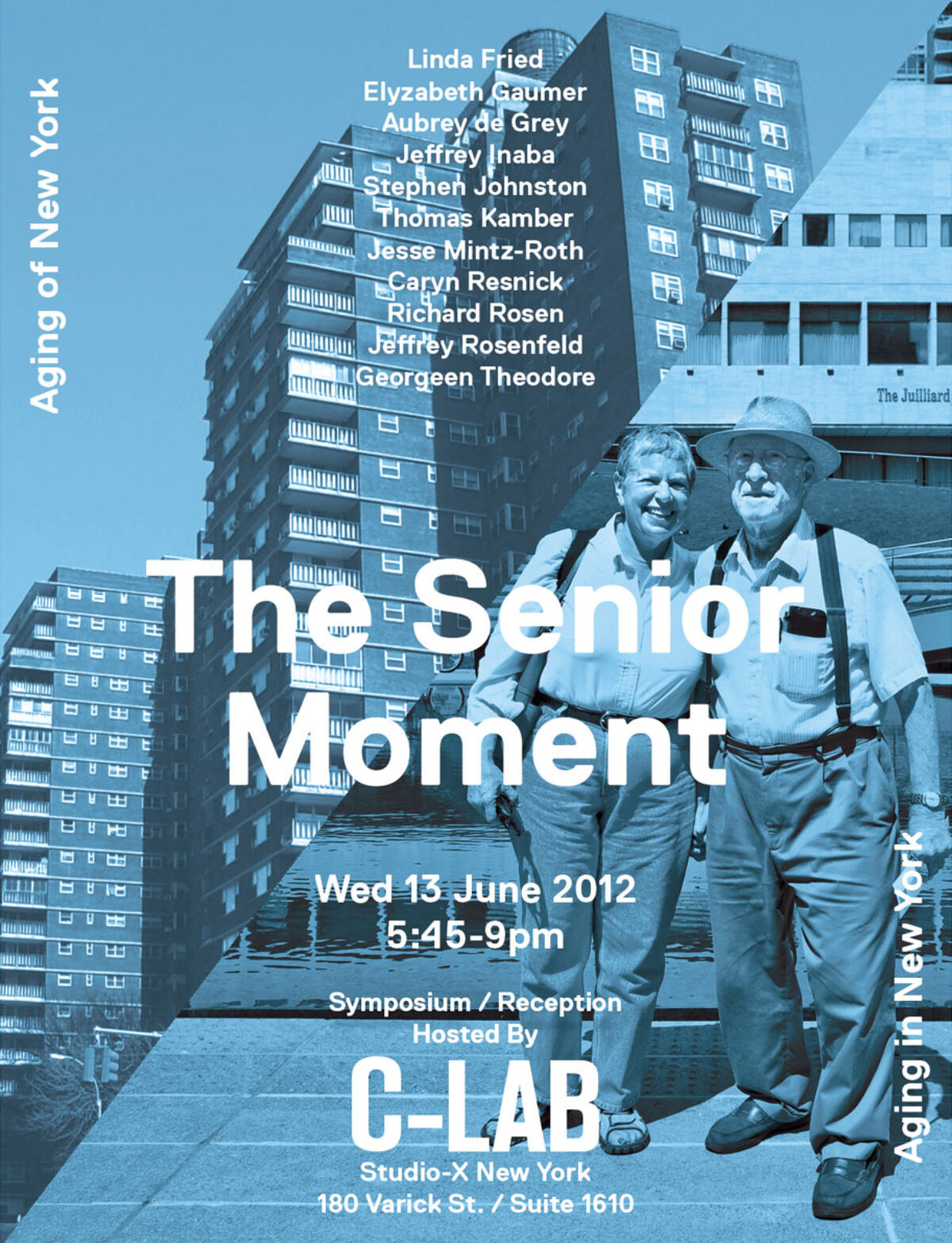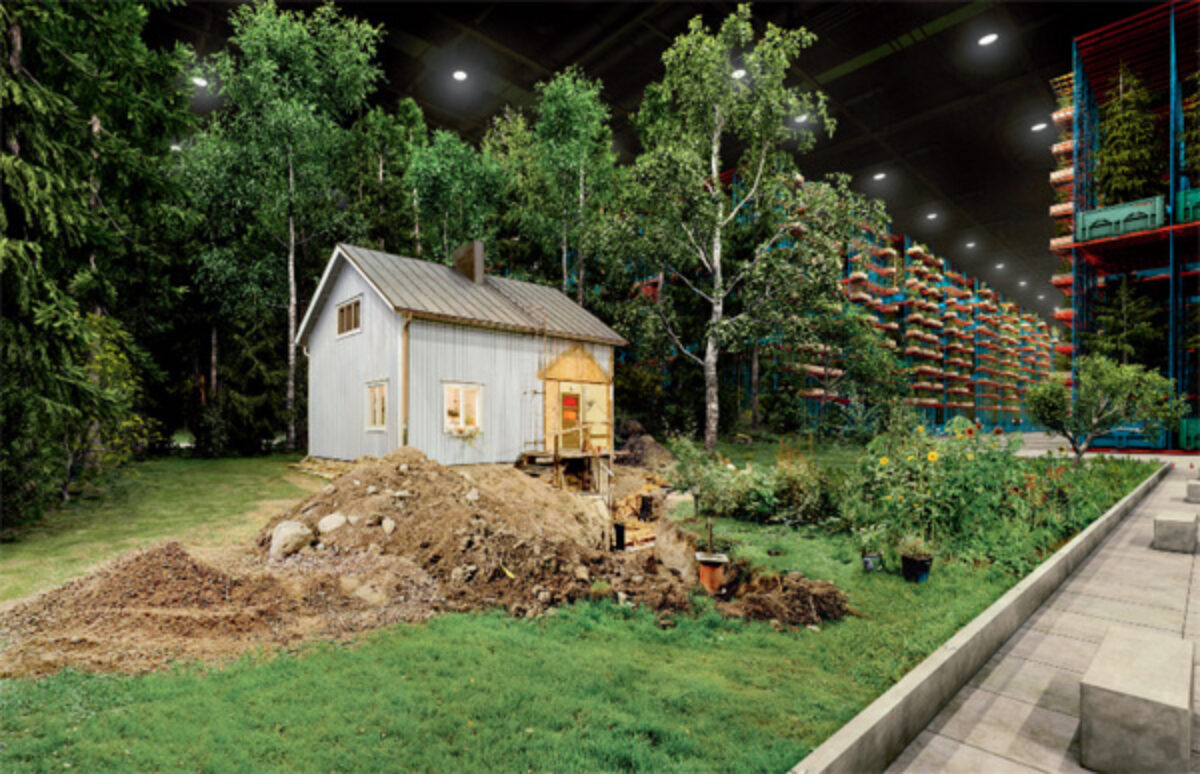New Order is a catalogue of future visions for a post-carbon world. Like all future visions, they are by turns tentative, speculative, exaggerated, and subjective. But this is not to say they are mere fantasy. As in the context of today’s contemporary ideology, living patterns, and political priorities, the six visions presented here should be viewed as prototypes for a future we need to create, or will be forced to confront.
What design can do for… contact! Breakout session for What Design Can Do, Friday May 11th 2012, 13.45–15.30. Open and free for everyone. While almost everyone is connected to one another through the internet and social media, real contact seems to be in decline. Virtual time is replacing public time. This breakout session will try to break through this development and find an answer to the question ‘What design can do for public contact’. Detail of work by Philip Beesley at Venice Biennial Featuring Axel Timm of the German architectural collective Raumlabor; Francisco van Jole, internationally renowned internet journalist; Younghee Jung, leader of Nokia’s corporate research team in Bangalore; and Ole Bouman, director of the Netherlands Architecture Institute (NAI). Meet us at 13.45 sharp at Leidse Plein, Amsterdam to experience (the limits of) connectivity. This intervention is brought to you by NAI and Archis/Volume with DUS architects. Limited participation available, please RSVP at the latest by Thursday May 10th to rsvp@archis.org.

